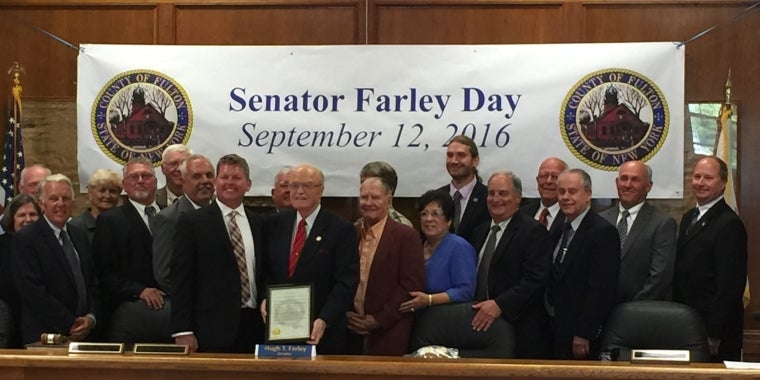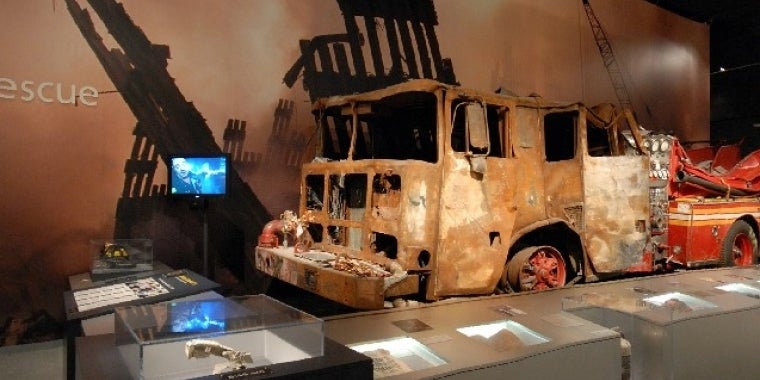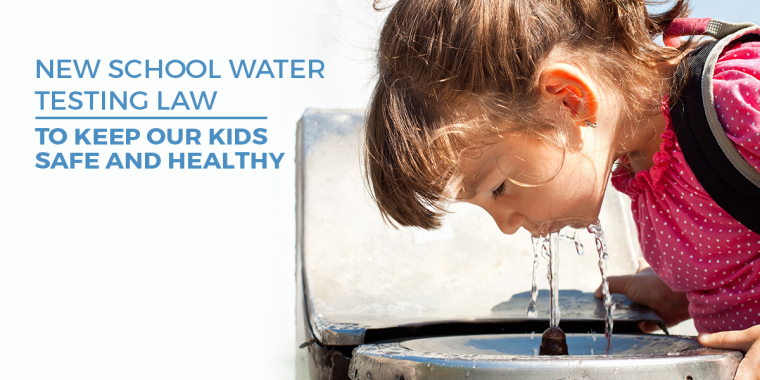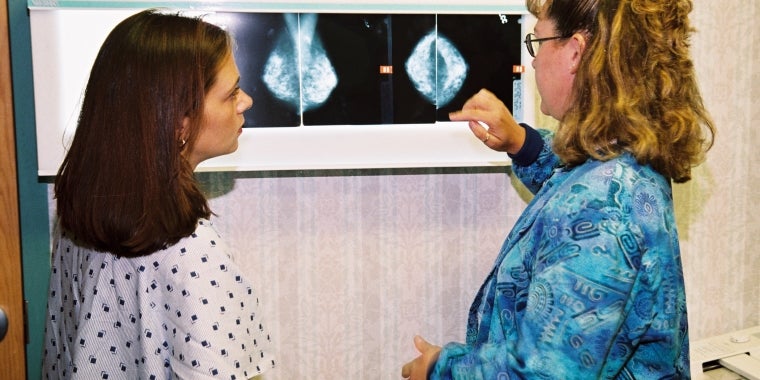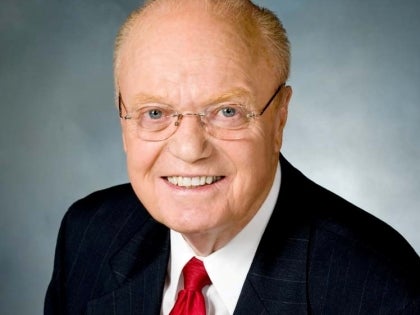
Senator Farley Highlights The Importance Of Volunteering
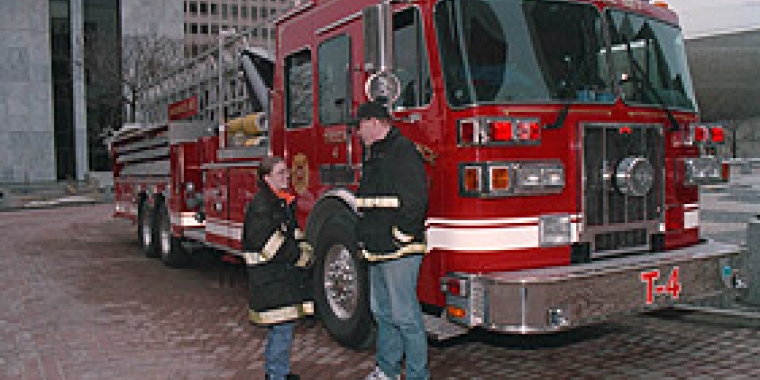
April is a time when we celebrate our communities and the people who selflessly work to improve them. National Volunteer Week is April 23rd through the 29th and a perfect time to stress the importance of volunteering.
Over the past years, we've been hearing about the decline of volunteers in our society. At the 2004 National Conference on Citizenship, author and professor Robert Putnam reported on a 30-year decline on "social connectedness and civic engagement from the 1960s through the 1990s."
The trend for the years since 2001 seems to be going in the opposite direction. It was also reported at the conference that 59.7 million Americans regularly volunteered from September 2001 through September 2002. While this activity could be attributed to the overwhelming patriotic feelings people were experiencing after the terrorist attacks of September 11th, the Bureau of Labor Statistics on Volunteering in the United States found the number of volunteers increased to 63.7 million from September 2002 to September 2003. Growth also continued through September 2004 to 64.5 million volunteers. The reports also showed the Peace Corps "had the highest number of volunteers in 29 years; Americorps has grown in the last year (2004) from 50,000 to 75,000 members; and Senior Corps has grown from 500,000 to 540,000 participants."
The Corporation for National and Community Service conducted a survey last fall that reported "55 percent of young people ages 12 to 18 -- about 15.5 million teen-agers - are actively giving back to their communities. In fact, the teen volunteer rate of 55 percent is nearly twice the adult rate."
Our region is greatly enriched by the volunteer efforts of local citizens. Whether they are helping out with youth groups, sports leagues, schools, literacy programs, churches, historical sites, or social services organizations, these volunteers improve our area's quality of life.
Volunteers are also crucial in protecting our communities in their roles as firefighters and emergency medical technicians. Unfortunately, the upward trends in volunteerism have not been occurring nationwide in regard to our volunteer firefighter and emergency personnel organizations. According to the National Volunteer Fire Council, since 1993, the number of volunteer firefighters has decreased more than 18 percent and EMT volunteers about 28 percent nationwide.
Reasons for this may include the cost of training and education to become an unpaid firefighter. Not only do they respond to fires and emergencies for no pay, they do it in the middle of the night, during family events and when it might be inconvenient to their personal schedules. New York state has both volunteer firefighters' and ambulance workers' benefit laws. In general, volunteer firefighters and ambulance workers injured in the line of duty are entitled to weekly cash payments and all necessary medical or rehabilitative care as the nature of the injury or process of recovery may require. If the injury results in death, benefits are payable to the surviving spouse and statutory dependents.
At the State level, we are considering various proposals to help retain and increase the ranks of volunteer firefighters and ambulance workers. One initiative is to provide an income tax credit for these volunteers. Although the Governor has just vetoed the Legislature's proposal, I am hopeful that we will see this proposal ultimately enacted into law during the current Legislative Session.
